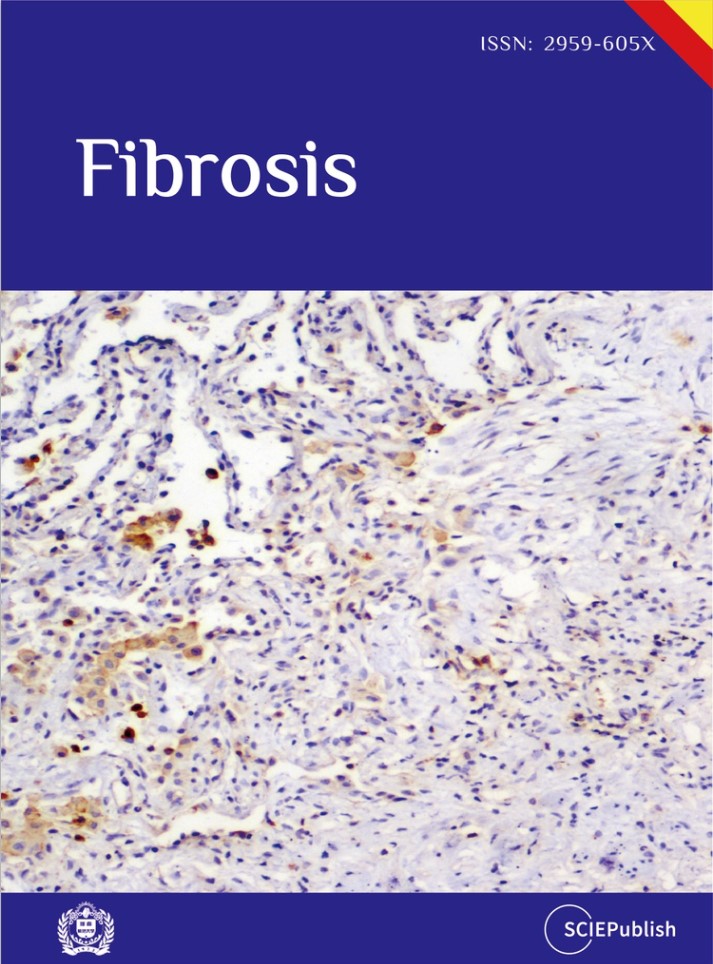Found 25 results
Article
17 October 2023The Severity of Isoproterenol-Induced Myocardial Fibrosis and Related Dysfunction in Mice Is Strain-Dependent
The isoproterenol (or isoprenaline; ISO)-induced model of myocardial injury provides a non-surgical means of establishing features of dilated cardiomyopathy (DCM) in various species, including left ventricular (LV) inflammation, cardiomyocyte hypertrophy, vascular rarefaction, fibrosis and related dysfunction. However, when established in mice, the progression and severity of the LV fibrosis that manifests in this model can be affected by the exposure time and/or dosing of ISO applied, and by strain when an equivalent exposure time and dose are administered. In this study, we measured the severity of LV fibrosis by biochemical and histological means in 129sv, C57BL/6J and FVB/N mice exposed to repeated ISO (25 mg/kg for 5 days) administration at 14-days post-injury. At the time-point studied, these strains of mice underwent a ~2-fold, ~0.7-fold and ~0.3-fold increase in LV collagen concentration, respectively, compared to their saline-injected controls; whilst 129sv and C57BL/6J mice underwent a corresponding ~7-fold and ~1-fold increase in picrosirius red-stained interstitial LV collagen deposition, respectively. C57BL/6J mice subjected to higher dosing of ISO (50 or 100 mg/kg for 5 days) underwent a ~1.4–1.6-fold increase in picrosirius red-stained interstitial LV collagen deposition and some LV systolic dysfunction at day-14 post-injury, but the fibrosis in these mice was still less severe than that measured in 129sv mice given a lower dose of ISO. These findings highlight that strain-dependent differences in ISO-induced LV fibrosis severity can impact on evaluating pathological features of DCM and the therapeutic effects of anti-fibrotic drugs/strategies in this model.

Article
19 May 2023Comprehensive Landscape of Matrix Metalloproteinases in the Pathogenesis of Idiopathic Pulmonary Fibrosis
Idiopathic pulmonary fibrosis (IPF) is a progressive, chronic interstitial lung disease with unknown etiology. Matrix metalloproteinases (MMPs) are involved in fibrotic lung tissues, contributing to the initiation, progression, or resolution of chronic inflammatory disease. In present study, comprehensive changes of MMPs expressions were investigated in IPF by integrative analysis of single-cell transcriptome and bulk transcriptome data. 24 of MMPs were altered and the changes could significantly distinguish IPF from normal subjects and other lung diseases. Among them, MMP1, MMP7 and MMP19 were closely associated to lung functions, susceptibility and alveolar surface density. MMP1 and MMP7 as potential diagnostic indicators, MMP1 and MMP19 as prognostic markers in IPF could accurately predict disease progression. Devolution of MMPs at single-cell resolution, MMP19 was highly expressed in macrophages and markedly interfered with TNF signaling pathway which synchronizes fibrotic microenvironment. MMP19+ macrophages were significantly different from MMP19- macrophages in energy metabolism and immune function. The interaction of MMP19+ macrophages with hyperplastic AT2 was mediated by TNFSF12-TNFRSF12A, and further activated the TNFRSF12A receptor to affect cell glucose metabolism and mitochondrial function. In summary, MMPs has great application potential in the diagnosis, treatment, and prognosis of IPF.

Communication
21 March 2023Established Hepatic Stellate Cell Lines in Hepatology Research
Hepatic stellate cells comprise a minor cell population in the liver, playing a key role in the pathogenesis of hepatic fibrosis. In chronic liver damage, these cells undergo a transition from a quiescent to a highly proliferative phenotype with the capacity to synthesize large quantities of extracellular matrix compounds such as collagens. Because of their pivotal role in liver disease pathogenesis, this hepatic cell population has become the focus of liver research for many years. However, the isolation of these cells is time consuming and requires the trained laboratory personnel. In addition, working with primary cells requires the following of ethical and legal standards and potentially needs the approval from respective authorities. Therefore, continuous growing hepatic stellate cells have become very popular in research laboratories because they are widely available and easy to handle, and allow a continuous supply of materials, and further reduction of lab animal use in biomedical research. This communication provides some general information about immortalized hepatic stellate cell lines from mouse, rats and humans.

Perspective
07 March 2023Pulsed Ultraviolet C as a Potential Treatment for COVID-19
Currently, low dose radiotherapy (LDRT) is being tested for treating life-threatening pneumonia in COVID-19 patients. Despite the debates over the clinical use of LDRT, some clinical trials have been completed, and most are still ongoing. Ultraviolet C (UVC) irradiation has been proven to be highly efficient in inactivating the coronaviruses, yet is considerably safer than LDRT. This makes UVC an excellent candidate for treating COVID-19 infection, especially in case of severe pneumonia as well as the post COVID-19 pulmonary fibrosis. However, the major challenge in using UVC is its delivery to the lungs, the target organ of COVID-19, due to its low penetrability through biological tissues. We propose to overcome this challenge (i) by using pulsed UVC technologies which dramatically increase the penetrability of UVC through matter, and (ii) by integrating the pulsed UVC technologies into a laser bronchoscope, thus allowing UVC irradiation to reach deeper into the lungs. Although the exact characteristics of such a treatment should yet to be experimentally defined, this approach might be much safer and not less efficient than LDRT.

